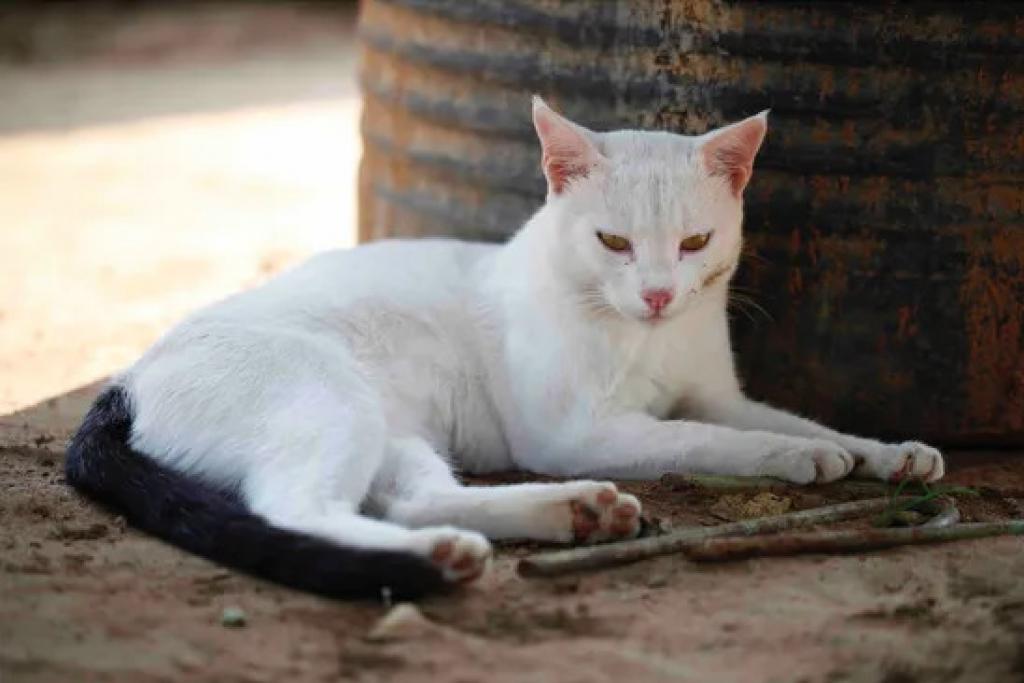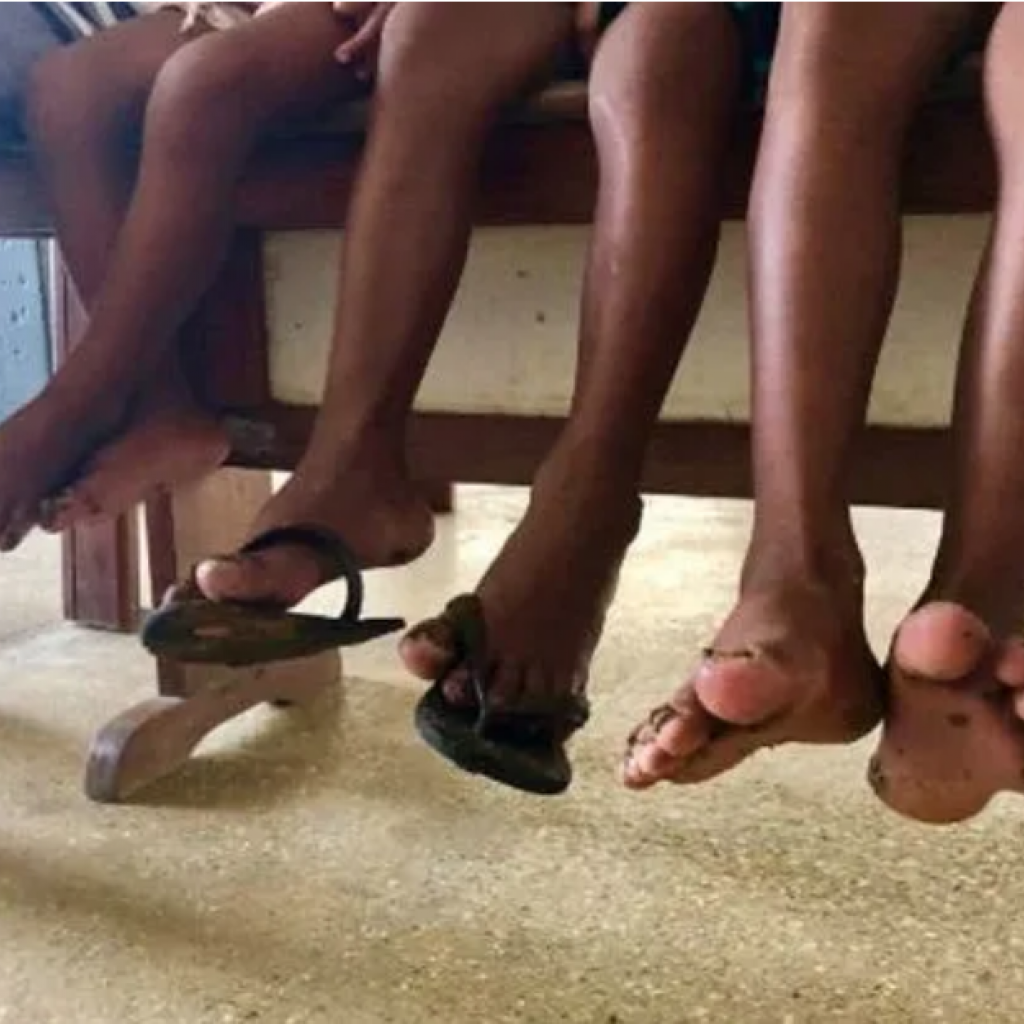Sporotrichosis: Training for national and district-level health workers

Course details
About this course
In 2017, the WHO added sporotrichosis to the list of neglected tropical diseases. Sporotrichosis is a subacute to chronic fungal infection that primarily affects the skin and subcutaneous tissue. This fungal disease usually affects healthy individuals, often working in agriculture or with plants or plant materials. It can cause disseminated disease and high mortality in immunocompromised people such as people with advanced HIV disease.
The aim of the course is to provide information on the epidemiology, clinical presentation, diagnosis, and treatment for sporotrichosis. This course is designed to increase knowledge and skills of national program managers and front-line health workers to address this disease. The course also provides notes from the field from several countries to highlight successful approaches to the management of sporotrichosis in different regions.
By the end of this course, you should be able to:
- Characterise the geographical distribution of sporotrichosis.
- Identify common clinical presentations of sporotrichosis.
- Outline different laboratory techniques to identify fungi that cause sporotrichosis.
- Recall treatment and non-pharmacological interventions for sporotrichosis.
- Recognize the impact stigma has to the social well-being of patients with sporotrichosis.
- Describe the public health interventions used to limit the transmission of sporotrichosis.
- Indicate how different countries are addressing sporotrichosis in their regions.


